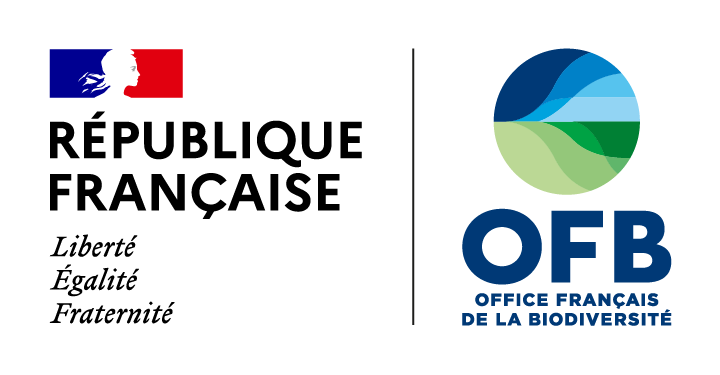Water Framework Directive
Directive 2000/60/EC of the European Parliament and of the Council of 23 October 2000 establishing a framework for Community action in the field of water policy, commonly known as the Water Framework Directive* (WFD). It sets out environmental objectives and deadlines to improve the ecological and chemical status of surface water bodies as well as the quantitative status and chemical status of groundwater bodies. Some water bodies created by human activity or having their characteristics fundamentally modified by human activity, may be designated respectively as artificial water bodies (AWB) or heavily modified water bodies (HMWB). In this case, their characteristics and ecological functioning are described by an ecological potential. The WFD especially sets the general goal to achieve "good status" or "good potential" of water bodies by 2015, and establishes a planning process for this purpose. Following six-year management cycles (2010-2015, 2016-2021, 2022-2027, etc) and in each basin or group of basins, an assessment should be made, a monitoring programme should be defined, public participation should be ensured in the development of a timetable, work programme and provisional summary of important issues, as well as draft management plans (which are included in a SDAGE) and programmes of measures. In a rationale of sustainable development, economic concerns have been explicitly taken into account in the Directive. Thus, there are exemptions to achieving good status and good potential by 2015, which can be justified by disproportionate costs in particular. Moreover, the measures taken in relation to water pricing and cost recovery for water services must be reported.




